BUNBURY, Henry William
Henry William Bunbury was born at the Manor House, Mildenhall, Suffolk on 1 July 1750, second son of the Revd Sir William Bunbury, 5th Bart. (c.1710–1764), vicar of Mildenhall, and his wife, Eleanor Graham (died March 1762), daughter and co-heir of Colonel Vere Graham, of Wix Abbey, Essex. Henry was educated at Westminster School, London, where he began producing his characteristically humorous drawings, the artist etched his early compositions, but after c.1771 his published drawings were etched by professional engravers. A tour of France in 1767 whetted his appetite for foreign travel but on 30 January 1768, he entered St Catharine's College, Cambridge but he abandoned his university studies, and took the grand tour from Paris to Naples. The tour resulted in works poking fun at foreigners, and particularly at the French and Horace Walpole heralded Bunbury as ‘the second Hogarth’. Returning to Cambridge in February 1771, Bunbury seems never to have taken a degree and on 2 September of that year he married Catherine Horneck (1754–1799), daughter of Capt. Kane William Horneck, and they settled into a house on his brother's estate at Great Barton, Suffolk. They had two sons, Charles John (1772–1798) and Henry Edward, later to succeed to his uncle's title as seventh baronet. Bunbury spent much of his time in London, where he and his wife enjoyed a social life with friends drawn from the aristocracy and artistic and literary circles, including David Garrick, Dr Johnson, and Sir Joshua Reynolds, who was godfather to his second son and, as a result, was often in financial difficulties. To augment his income, he took the post of comptroller of army accounts, c.1775–1784, with an income of £750 per annum; he also served in the West Suffolk militia, rising to the rank of lieutenant-colonel. His depictions of the hilarious antics of inept and reckless horsemen included 'Hints to Bad Horsemen' (1781) and 'An Academy for Grown Horsemen' (1787), written under the pseudonym Geoffrey Gambado Esq. A major commission from Thomas Macklin (1752/53– 25 October 1800), the print seller of Fleet Street, was for a series of forty-eight illustrations from Shakespeare's plays to be engraved by Bartolozzi and others but only half the drawings were completed when the project ground to a halt in 1796. Bunbury's eldest son Charles died in 1798, and his wife died the following year which led to a decline in Bunbury's personality being disparagingly described by diarist Joseph Farington in 1804 as ‘living most of his time a sotting life at Bury in Suffolk’. Thereafter he lived a retired life, chiefly at Keswick in the Lake District, where he began painting in oils. Henry William Bunbury died at Keswick on 7 May 1811. He was buried in the churchyard at Keswick, and a memorial was placed in the family church at Great Barton.
Royal Academy Exhibits
from Mildenhall
1785 490 Band of Savoyards
529 Barber's Shop
584 A Sketch, from the Arabian Nights Entertainments
587 A Sketch, from the Arabian Nights Entertainments
588 A Sketch, from the Arabian Nights Entertainments
597 A Sketch, from the Arabian Nights Entertainments
599 A Sketch, from the Arabian Nights Entertainments
600 A Sketch, from the Arabian Nights Entertainments
609 Dancing Bear
623 A Sketch, from the Arabian Nights Entertainments
634 A Sketch, from the Arabian Nights Entertainments
Works by This Artist
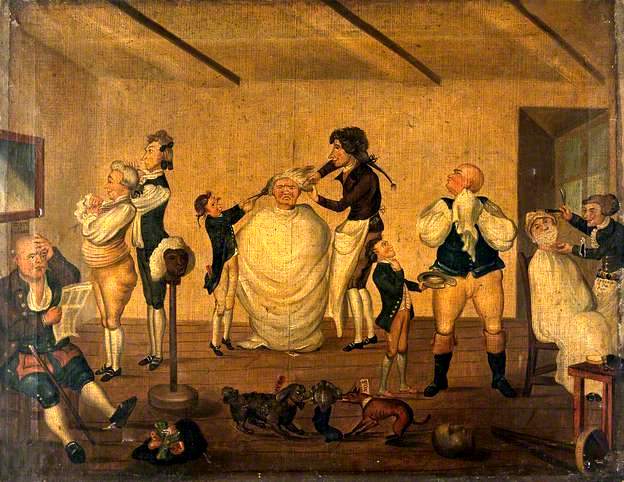
|
A Barber's Shop, 1784Oil on canvas
|
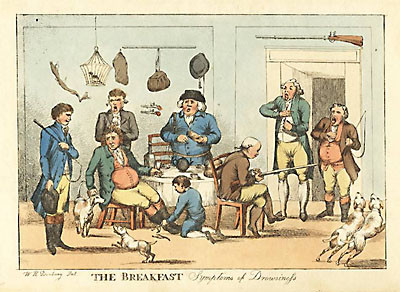
|
The Breakfast-Symptoms of DrowsinessPrint
|
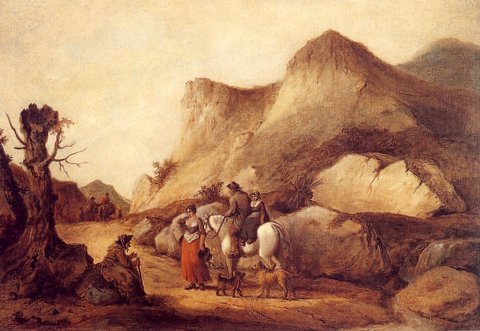
|
Rustics in a LandscapeOil on canvas
|
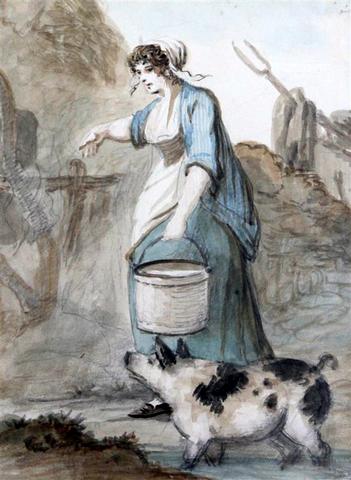
|
A Woman Carrying a BucketWatercolour
|
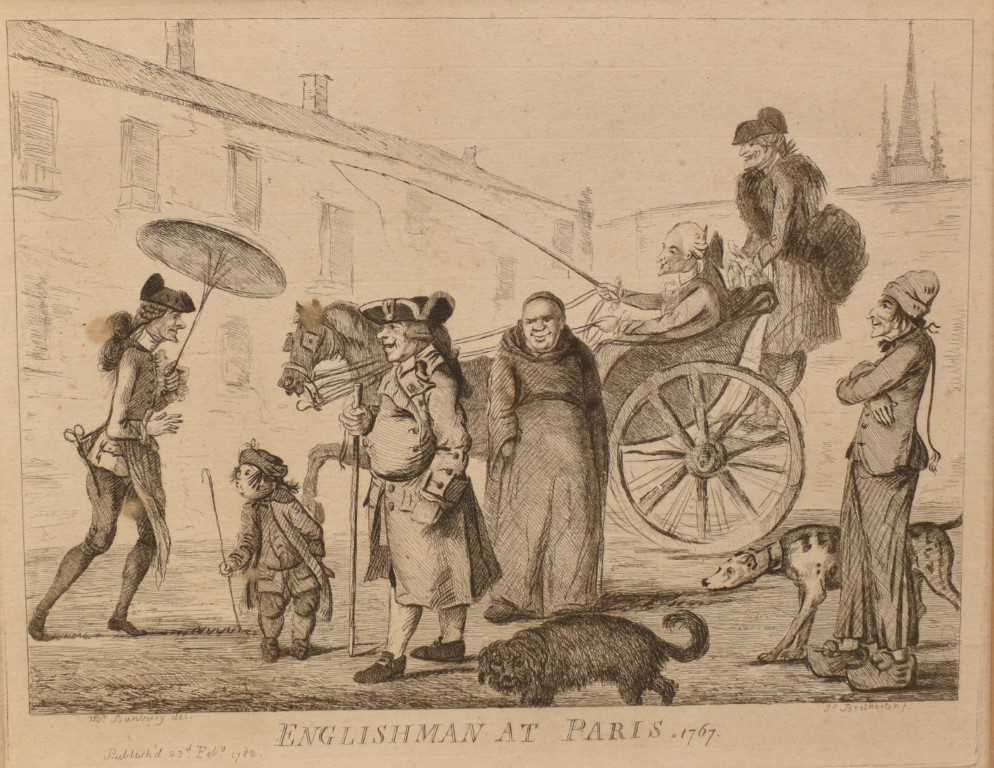
|
Englishman at Paris, 1767Etching
|